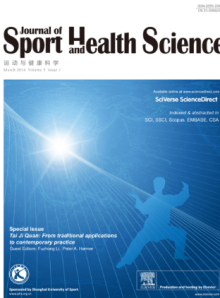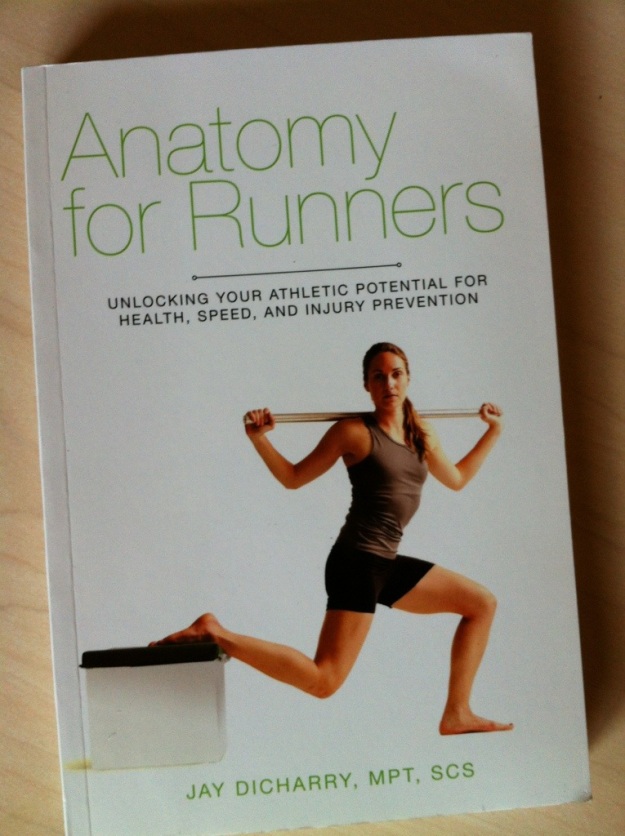What can a new research study tell you about running off-the-bike? Sometimes, research just tells us things that are somewhat interesting. And other times, like this one, research provides a very nice take home message of which we should all take note.
A few weeks ago, we published a study called “Sagital Plane Kinematics During the Transition Run in Triathletes.” Don’t let the fancy words throw you off. All you need to know is this: Cycling before your run makes it harder to maintain your posture.
Now those of you who have seen me for an evaluation, read my Running Times article called “P is for Posture”, or read my book know that this is the un-sung skill that can make or break you as an athlete. Posture is the foundation around which the most powerful muscles in your body attach. If the position of those muscles is optimal, a number of things go really well…..most notably peaked performance, and a better stabilized chassis for a reduced risk of injury. If this optimal position is compromised, then you aren’t operating at your best.
So, if I told you ahead of time that doing “A” before “B” will produce complications that make “B” harder, you’d (hopefully) try to prepare ahead of time to minimize, or eliminate those complications. Right? …. Well, here’s what happens.
We had a group of triatheltes come into our lab and run. We measured a number of factors related to the way they ran to get a baseline. This same group of runners came back a second time, but before they ran, they cycled for 30 min at a just-easier-than-threshold effort. Their post-bike running data showed that they had more arch in the low back, a more anteriorly-tilted pelvis, a more flexed hip, and less hip extension.

poor position = poor performance
For those of you wondering if this is good or bad, I’ll give you both the simple and more in-depth version. Running off the bike makes you look more like the person on the left than the person on the right.

optimal posture = optimal performance
For those of you who want to know why, and get more in depth –> read my article in Running Times, and then read Ch 6 and 8 in Anatomy for Runners, especially the “3 non-negotibles” on p.183, and the test on p. 196.
I simply cannot downplay the significance postural alignment. If you screw this up, you’ll screw up your run. And given that 70% of injuries in triathlon occur in the run, this is yet one more contributing factor.
Cycling doesn’t “hurt us” – then why do we see postural shifts occur in triathlon? You are bent over in a forward position. Some tissues get bound up. Others get lengthened. And we only did this for a 30 min ride. What happens if you force this constrianed position for 5 hrs, and then go run? We don’t know for sure (because we didn’t test this) but if I was a betting man, I think we’d see the same patterns, but somewhat worse. To be fair, we only looked at their running data for the first 14 min of the run. Maybe posture improves after this 14 min. Maybe it stays the same. Maybe it gets worse. We didn’t test it. But no one wants two slow or injury-prone miles out of T2. And due to the fact that central fatigue typically makes our posture worse, I’d think this is something we should all pay attention to.
So here’s your chance to beat the odds, and be “smarter” than the average. Here’s your mission for today:
- Find correct posture standing right now (see above references)
- Hold correct posture walking around your office or house.
- Go for a run, maintain correct posture (and if you fall into the “back seat” stop and fix it!)
- Go for a brick workout, and pay special attention to your postural alignment off the bike. If you focus on this in training, it will be easy to correct on race day. You should be able to run any pace – from an easy run to 400’s on the track – without compromising your posture alignment.
I’d like to thank our former grad student and first author, Nicole Rendos, for taking the lead on this study. And if you are looking for more ways to tune-up your triathlon training, come see us this August for our REP Triathlon Camp!








